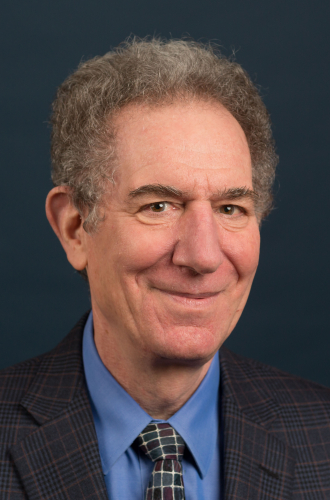-

-

-
Daniel T Jaffe
Vice President for Research, Professor
Office of the Vice President for Research, Scholarship and Creative Endeavors, Department of Astronomy
Jane and Roland Blumberg Centennial Professorship in Astronomy (Holder)dtj@austin.utexas.edu
Phone: 512-471-2877
Office Location
PMA 16.342
Postal Address
110 INNER CAMPUS DR
AUSTIN, TX 78712-
Daniel Jaffe is the Vice President for Research and Jane and Roland Blumberg Professor in the Department of Astronomy at The University of Texas at Austin. Prof. Jaffe received his BA and PhD from Harvard University and held positions as an Enrico Fermi Fellow at the University of Chicago and an Assistant Research Scientist at UC Berkeley before joining the UT faculty in 1986. Jaffe's research encompasses device development, instrumentation, and observations geared toward understanding how stars and planetary systems form and evolve. His group constructs silicon diffractive optics using precision lithography and currently has devices on instruments for NASA's SOFIA airborne observatory and James Webb Space Telescope (the successor to Hubble), as well as several ground-based instruments. His team's IGRINS spectrograph operates at McDonald Observatory and the team is now designing an instrument for the Giant Magellan Telescope. Prof. Jaffe's astronomical research employs high resolution infrared spectroscopy to look at the properties of protostars and of the disks around them that are forming planets. Prof. Jaffe has been awarded Harvard's Bart J. Bok prize, a Humboldt Fellowship, and a David and Lucile Packard Foundation Fellowship. He was Chair of UT's Astronomy Department from 2011 to 2015.
Group Areas
Star Formation & Protoplanetary Disks, Spitzer Legacy Project: c2d, HII Regions & Planetary Nebulae, IGRINS, Micromachined Silicon Diffractive Optics, GMTNIRS, EXES: mid-IR spectrograph
-
Dan Jaffe is involved in the development of infrared spectroscopic instrumentation and devices and in studies of protostars and star forming molecular clouds. At the University of Chicago and UC Berkeley, he worked on imagers and heterodyne spectrometers for the 350 µm and 450 µm atmospheric windows. At the University of Texas, he has developed two instruments for studies of the large-scale molecular ISM: a reimager for the Caltech Submillimeter Observatory and a near-IR Fabry-Perot spectrometer for observations of H2. He is a co-investigator on a mid-IR spectrograph for SOFIA (EXES: J. Lacy, PI) and a similar spectrograph currently in use on Gemini North (TEXES).
He has an ongoing program for the production of micromachined silicon diffractive devices, including both grisms and immersion gratings for infrared spectroscopy. Most recently, his group has delivered a set of silicon micromachined grisms for use in the FORCAST instrument on SOFIA, a set of grisms for the JWST NIRCam, and an immersion grating for the IRTF instrument ISHELL. He is currently PI for IGRINS, a high resolution near-IR spectrometer for the McDonald 2.7m telescope and larger telescopes being built in collaboration with the Korea Asronomy and Space Science Institute and is PI of a study for a 1-5 micron high resolution spectrograph for the Giant Magellan Telescope. His current astronomical research includes large-scale studies of photodissociation regions in molecular clouds, studies of very low mass young brown dwarfs, and high-resolution infrared spectroscopy of protostars and protoplanetary systems across the mass spectrum.
-
- Packard Foundation Fellowship 1989
- David and Lucile Packard Foundation Fellow 1989-94
- Alexander von Humboldt Stiftung Fellow 1993
- Bart and Priscilla Bok Prize, Harvard University 1986
- DAAD Fellow 1975
-




